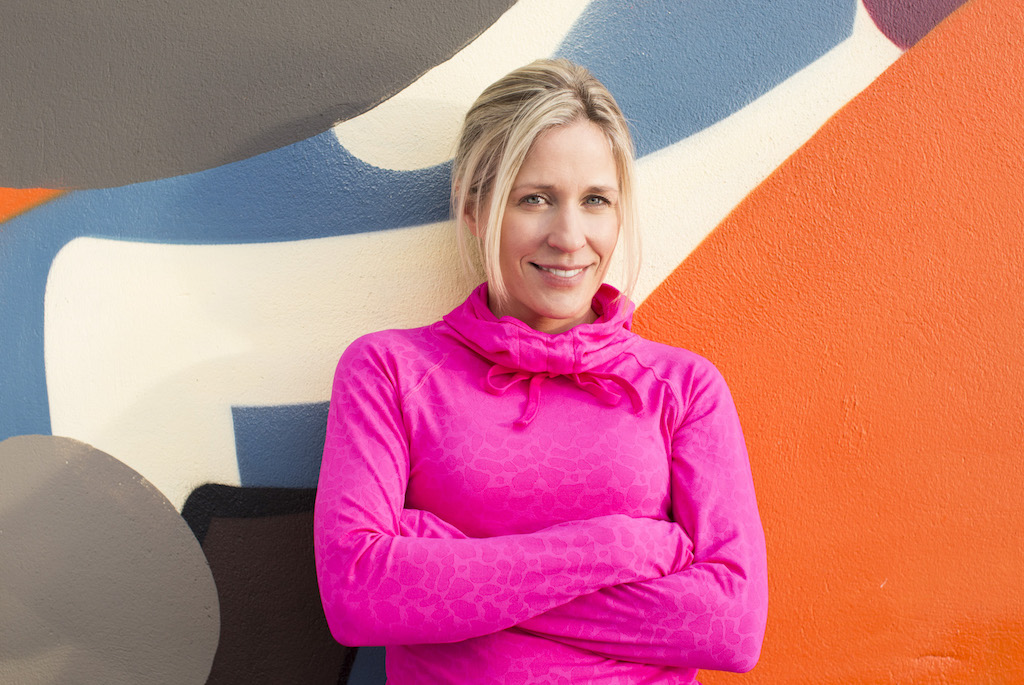Catrióna Campbell from creative agency, The Public House, examines the role of advertising in changing stereotypes.
International Women’s Day is a global day celebrating the social, economic, cultural and political achievements of women. The day also marks a call to action for accelerating gender parity – and as someone who advises clients on communications in my role at an advertising agency, the day always provokes an opportunity to reflect on what we as advertisers are doing to help or hinder gender parity.
To be honest, I’ve long been dismayed at how International Women’s Day has in recent times become a Hallmark holiday for lazy, opportunistic advertisers to jump on a bandwagon. What should be a day to celebrate women’s achievements, has become an empty promotional tool marked by whiskey for women (Jane Walker whiskey), non-crunching crisps (from Doritos), and “me too” social posts (often featuring pink).
This year, the Advertising Standards Authority in the UK published new guidance for advertisers in response to a report, “Depictions, Perceptions and Harm” which examined evidence from numerous sources on the potential effect of gender stereotypes depicted in advertising. These are ads that have potential to cause harm by playing a contributory role in restricting people’s choices, aspirations and opportunities, which can lead to real-world harm in the way people interact with each other and the way they view their own potential. Talk about making advertisers mindful of how far the ‘power of persuasion’ can go – it more reminded me that ‘with great power, comes great responsibility’.
This new code, effective from June 2019, identified six different categories of gender stereotypes:
- Roles: Occupations or positions usually associated with a specific gender.
- Characteristics: Attributes or behaviours associated with a specific gender.
- Mocking people for not conforming to stereotype: Making fun od someone for behaving or looking in a non-gender stereotypical way.
- Sexualisation: Portraying individuals in a highly sexualised manner.
- Objectification: Depicting someone in a way that focuses on their body or body parts.
- Body image: Depicting an unhealthy body image.
Hopefully this clarification will put an end to the type of advertising best demonstrated through Protein World’s notorious ‘beach body ready’ campaign, or the ridiculous objectification of both men and women we’ve seen in many a Müller Light Greek yoghurt commercial.
Meanwhile, the code for the Advertising Standards Authority of Ireland, the regulatory body for Irish advertising, outlines that advertisers should ‘avoid gender stereotyping and any exploitation demeaning of men or women’. The question for Irish advertisers is whether this goes far enough, or whether they should move to emulate their UK counterparts.
As advertisers, I’d love for us to be leading the debate, like the forward-thinking brands who are actively fighting against these stereotypes. Whether it’s Nike celebrating Serena’s achievements as an ‘athlete’ rather than a female, or always challenging the derogatory nature of the expression ‘Like a girl’. This week Channel 4’s Diversity Contest awarded the Royal Air Force £1m worth of airtime for their spot that draws ironic parallels between tired tropes used in advertising to women and the reality of life for its recruits.
On a recent campaign by my agency for Donegal Catch, we made the decision with our client to cast the CEO role as a woman. Not a big decision, but advertisers and clients have an opportunity to fight stereotypes in small ways and play their part.
A recent approach by Gillette actively took on ‘toxic masculinity’ with a new take on their classic slogan, evolving to ‘the best a man can be’. Regardless of whether the spot was a genuine response to the #metoo movement, or a cynically topical take on an issue to drive talkability, you can’t deny it created a lot of debate.
This embrace of new masculinity is very different to the idea of reverse sexism in advertising. A fascinating project by Eli Rezkallah last year reimagined sexist ads from the mid 20th Century, with the gender roles reversed. The responsibility amongst advertisers is to avoid gender stereotyping – Rezkallah’s project is an acute reminder of how far we have to go.
A positive take on reverse sexism was Axe/Lynx’s global repositioning away from sexual conquests (notably through their infamous ‘fallen angel’ campaign) to their ‘Is it ok for guys?’ platform, which encouraged men to express their individuality with messages ranging from is it ok for guys to wear make-up, to cry, to be skinny’, etc. Another notable redirect was Special K, who last year resigned their red swimsuit to the back of the wardrobe with a repositioning that moved towards celebrating the power of women in everyday moments of life. This is the type of gender representation we need, and that genuinely resonate – whereas when Diet Coke brought back their ‘iconic’ Diet Coke guy, it just didn’t have the same cut through – the moment had passed.
But it isn’t just advertising alone that is responsible for stereotypes, which permeate popular culture. As the mother of two children under the age three, I’ve banned Peppa Pig due to the ‘silly daddy’ characterisation that demonstrates an inept and absolutely useless dad. There are numerous articles on the ‘dumb dad’ narrative that dominates a lot of US household advertising too. But there is a lot of progress too, with Disney’s self-effacing look at the role of the Disney Princess in the recent Ralph Breaks The Internet movie something to be applauded.
As a lifelong Blur fan, as we approach International Women’s Day I’m reminded by their lyrics ‘‘There must be more to life. Stereotypes”. Hear hear.
By Catrióna Campbell.






